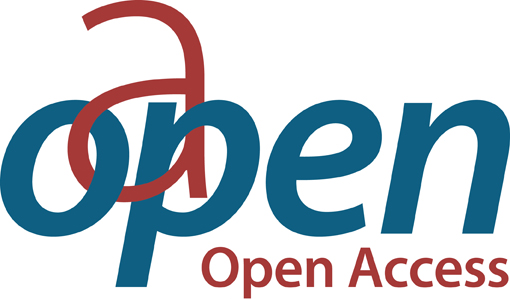The Elemental Analysis of Glass Beads
Technology, Chronology and Exchange
| dc.contributor.editor | Dussubieux, Laure | |
| dc.contributor.editor | Walder, Heather | |
| dc.date.accessioned | 2022-10-12T11:52:05Z | |
| dc.date.available | 2022-10-12T11:52:05Z | |
| dc.date.issued | 2022 | |
| dc.identifier.uri | https://0-library-oapen-org.catalogue.libraries.london.ac.uk/handle/20.500.12657/58572 | |
| dc.description.abstract | Ancient glass beads as a window to the ancient world Glass beads, both beautiful and portable, have been produced and traded globally for thousands of years. Modern archaeologists study these artifacts through sophisticated methods that analyze the glass composition, a process which can be utilized to trace bead usage through time and across regions. This book publishes open-access compositional data obtained from laser ablation – inductively coupled plasma – mass spectrometry, from a single analytical laboratory, providing a uniquely comparative data set. The geographic range includes studies of beads produced in Europe and traded widely across North America and beads from South and Southeast Asia traded around the Indian Ocean and beyond. The contributors provide new insight on the timing of interregional interactions, technologies of bead production and patterns of trade and exchange, using glass beads as a window to the past. This volume will be a key reference for glass researchers, archaeologists, and any scholars interested in material culture and exchange; it provides a wide range of case studies in the investigation and interpretation of glass bead composition, production and exchange since ancient times. Contributors: Bernard Gratuze (Institut de Recherche sur les ArchéoMATériaux, Centre Ernest-Babelon, UMR 5060 CNRS/Université d'Orléans), Alicia L. Hawkins (University of Toronto Mississauga), Elliot H. Blair (University of Alabama), Jessica Dalton-Carriger (Roane State Community College), Lee M. Panich (Santa Clara University), Thomas R. Fenn (The University of Oklahoma), Alison K. Carter (University of Oregon), Jennifer Craig (McGill University), Mark Aldenderfer (University of California, Merced), Mudit Trivedi (Stanford University), Lindsey Trombetta (The University of Texas at Austin), Jonathan R. Walz (The Field Museum / SIT-Graduate Institute), Akshay Sarathi (Florida Atlantic University), Carla Klehm (University of Arkansas), Marilee Wood (University of the Witwatersrand), Katherine A. Larson (Corning Museum of Glass), Heather Walder (The Field Museum / University of Wisconsin – La Crosse), Laure Dussubieux (The Field Museum) Supplementary Material 'The Elemental Analysis of Glass Beads' Ebook available in Open Access. This publication is GPRC-labeled (Guaranteed Peer-Reviewed Content). | en_US |
| dc.language | English | en_US |
| dc.relation.ispartofseries | Studies in Archaeological Sciences | en_US |
| dc.subject.classification | thema EDItEUR::N History and Archaeology::NK Archaeology | en_US |
| dc.subject.classification | thema EDItEUR::A The Arts::AF The Arts: art forms::AFP Ceramics, mosaic and glass: artworks | en_US |
| dc.subject.classification | thema EDItEUR::T Technology, Engineering, Agriculture, Industrial processes::TD Industrial chemistry and manufacturing technologies::TDC Industrial chemistry and chemical engineering::TDCQ Ceramic and glass technology | en_US |
| dc.subject.other | Glass Beads;Archaeology;LA-ICP-MS;Trade and Exchange;Interaction Networks;Colonialism;History;Indian Ocean;North America | en_US |
| dc.title | The Elemental Analysis of Glass Beads | en_US |
| dc.title.alternative | Technology, Chronology and Exchange | en_US |
| dc.type | book | |
| oapen.identifier.doi | 10.11116/9789461664655 | en_US |
| oapen.relation.isPublishedBy | 91436d3b-fb9a-45e9-8a57-08708b92dcda | en_US |
| oapen.relation.isFundedBy | 608fbdcb-bd0a-4d50-9a26-902224692f76 | en_US |
| oapen.relation.isbn | 9789462703384 | en_US |
| oapen.relation.isbn | 9789461664662 | en_US |
| oapen.series.number | 8 | en_US |
| oapen.pages | 393 | en_US |
| oapen.place.publication | Leuven | en_US |
| oapen.remark.public | Funder name: KU Leuven Fund for Fair Open Access |

